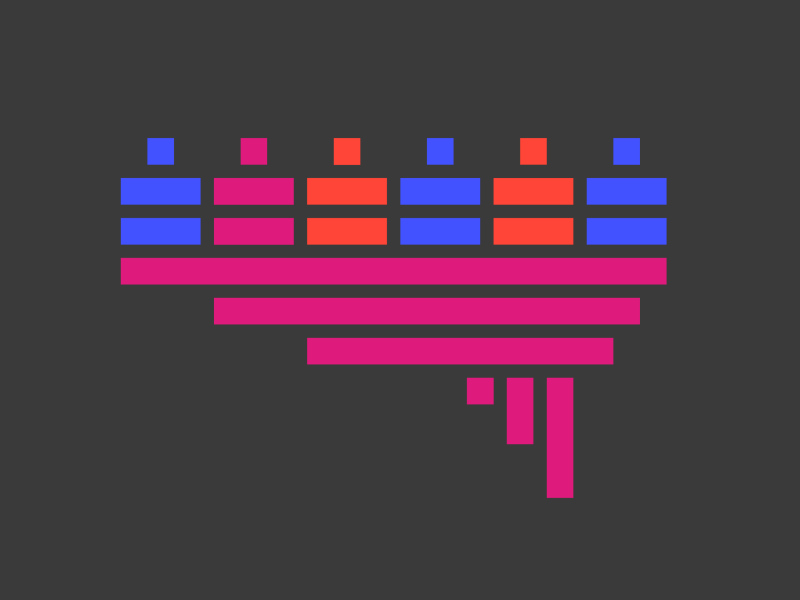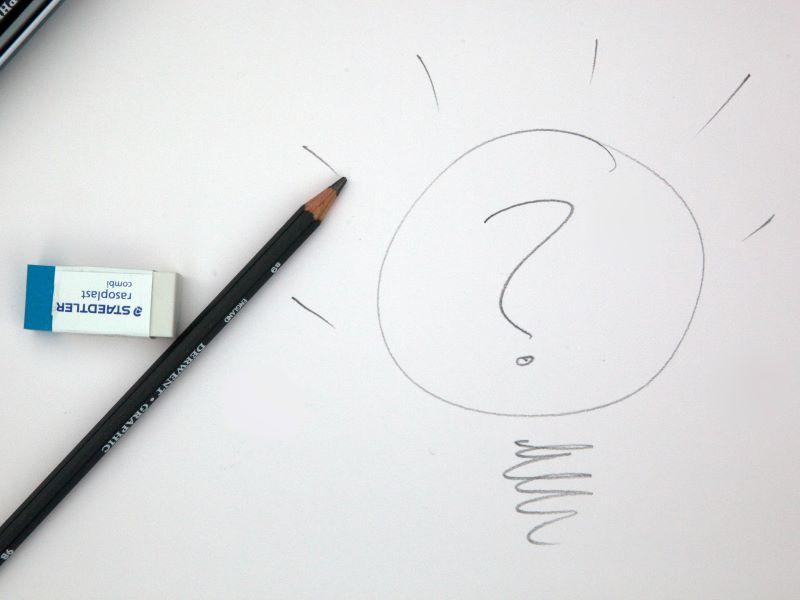Few higher education institutions would question their role in promoting social good, and many publicly embrace a responsibility to foster a more sustainable society. Institutions can prepare students to lead change, whatever course of study they pursue. However, adding sustainability to instructors’ workload can place an extra burden on teachers who may already be stretched to capacity.
So, how can colleges and universities fulfil their commitment to socially relevant teaching without burning out their staff?
The United Nations’ Sustainable Development Goals, or SDGs, offer a broad and compelling framework for teaching core content within the context of the world’s most pressing challenges. The framework can be used to structure lessons in any discipline, but effective SDG teaching requires instructional support grounded in evidence-based course design and teaching principles. Embedding core content in complex societal challenges aligns well with high-impact practices, including problem-based and community-based learning, which are pedagogies that can be challenging to implement.
- Spotlight collection: a greener future for higher education
- Why visible senior leadership in sustainability matters
- THE podcast: universities aren’t too small to lead the climate crisis fight
Here are three strategies for engaging instructors in teaching with the SDGs that leverage existing programming, strategic partnerships and instructors’ wisdom.
1. Form strategic partnerships, both within and outside the institution
With so many professional development opportunities pitched to instructors each year, instructors may view initiatives to redesign courses using the SDGs as just another short-lived fad not worth their time or attention. Many institutions support sustainability or SDG learning through their sustainability office and course design and instruction through centres of teaching and learning. Consider partnering with faculty to incorporate professional development opportunities for teaching with the SDGs into evidence-based course design frameworks such as backward design and pedagogies such as inquiry-based learning that are familiar to many instructors. Integrating support for SDG course redesign and teaching with support for teaching and learning generally helps instructors see education for sustainable development not as an interesting “add-on” but rather as a tool for enhancing student learning, aligned with best practices.
Another way to align SDG teaching with instructor values is to highlight the ways in which teaching with the SDGs advances the institution’s commitment to solving global challenges.
Beyond your institution, reach out to regional networks such as the Regional Centres for Excellence in Education for Sustainable Development (RCEs) and the Association for the Advancement of Sustainability in Higher Education (AASHE) to leverage their resources and professional development offerings. AASHE’s online communities and resource hub enable institutions to benefit from resources and workshops offered by experienced schools. Rather than creating a new set of instructional tools for teaching with the SDGs, consider drawing on existing resources and workshops to help your faculty get started.
2. Empower faculty as decision-makers, mentors and recruiters
Faculty members, who field many competing demands for their time, are best able to suggest how to structure SDG teaching professional development to fit their schedules. How can we empower faculty to shape the professional learning opportunities we offer them in teaching with the SDGs?
For colleges and universities with sustainability committees, including faculty representation is one way to ensure instructor input when designing sustainability learning opportunities for faculty. At larger universities with more resources to allocate across the curriculum, a standing faculty committee tasked with steering initiatives to engage faculty in teaching with the SDGs effectively empowers faculty leadership. Whether through a standing committee or informal opportunities to weigh in, when faculty co-develop professional learning opportunities and identify what opportunities will work best for them, they are more likely to stay engaged.
Aiming for diverse departmental representation on these committees provides a mechanism for grass-roots peer-to-peer recruitment of faculty when grants, workshops and other opportunities become available. When faculty are empowered to advance SDG teaching across the curriculum, they are more likely to develop a sense of ownership of the programme and can serve as mentors for instructors who are just getting started.
3. Nurture faculty well-being and advance cross-disciplinary teaching through communities of practice
With often competing professional and personal commitments, instructors carefully weigh their ability to invest significant time and energy in a new professional development opportunity. Communities of practice can offer relaxed time to share ideas and build community and helpful training. At many large universities, instructors have few opportunities to “talk teaching” with their colleagues, especially outside their own disciplines. Personal values and professional incentives motivate many faculty members, and they may find opportunities to engage regularly with like-minded faculty appealing. Sustained engagement in such cases is more likely.
A cross-disciplinary community of practice can also support peer-to-peer collaboration that enhances the SDG teaching effectiveness of all participants. For example, when an engineering instructor shares a case study she developed connecting core content to several SDGs, her peers in the humanities and sciences can suggest ways to incorporate their own disciplinary perspectives into the teaching case.
When institutions and faculty members view education for sustainable development as an “add-on” option, competing demands in teaching and learning will likely take precedence. Leveraging internal and external partnerships, empowering faculty to shape professional development initiatives, and intentionally cultivating community can support effective SDG teaching without overburdening instructors.
Rebecca Watts Hull is assistant director of faculty development for sustainability education initiatives in the Center for Teaching and Learning at Georgia Institute of Technology.
If you’d like advice and insight from academics and university staff delivered direct to your inbox each week, sign up for the Campus newsletter.




comment